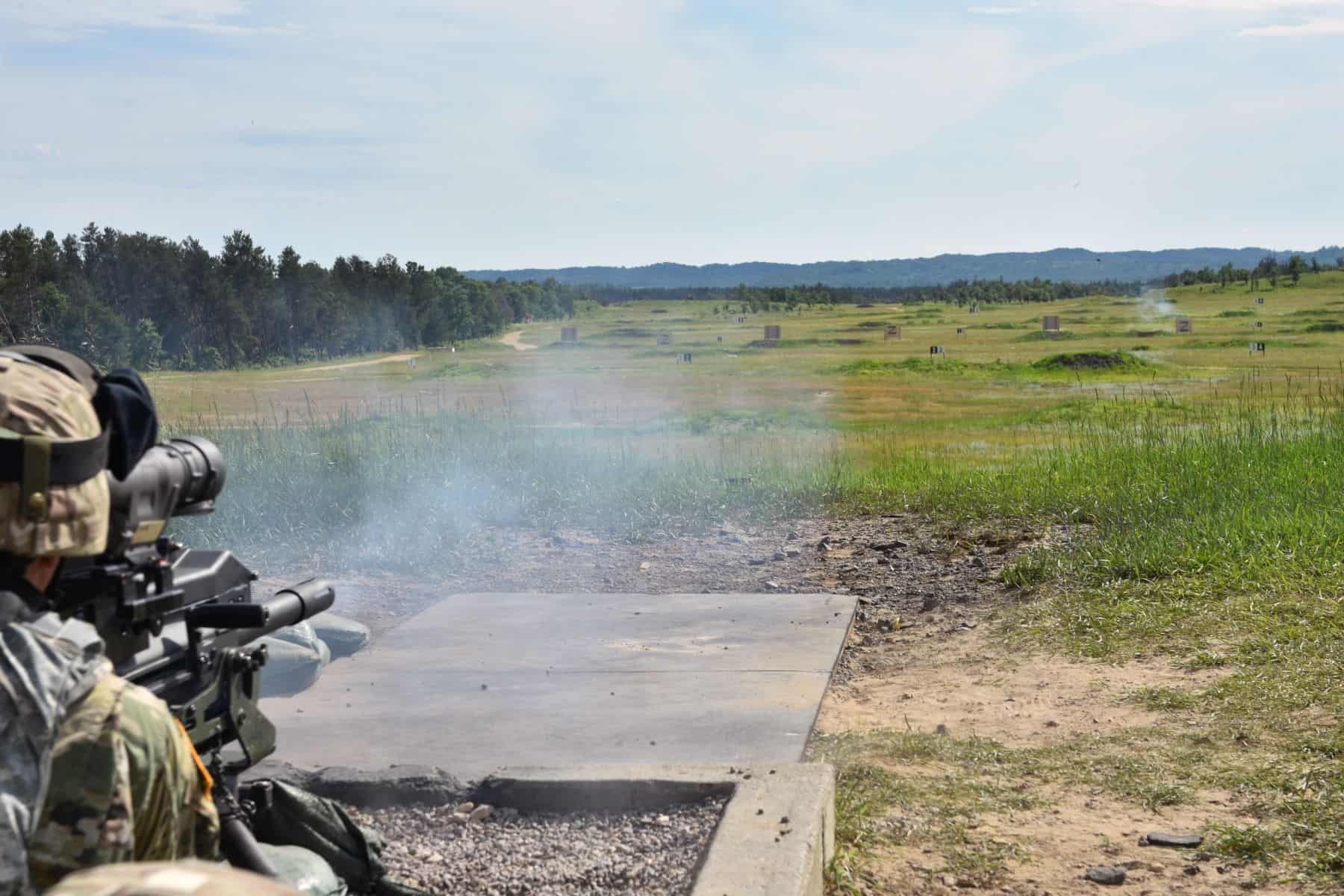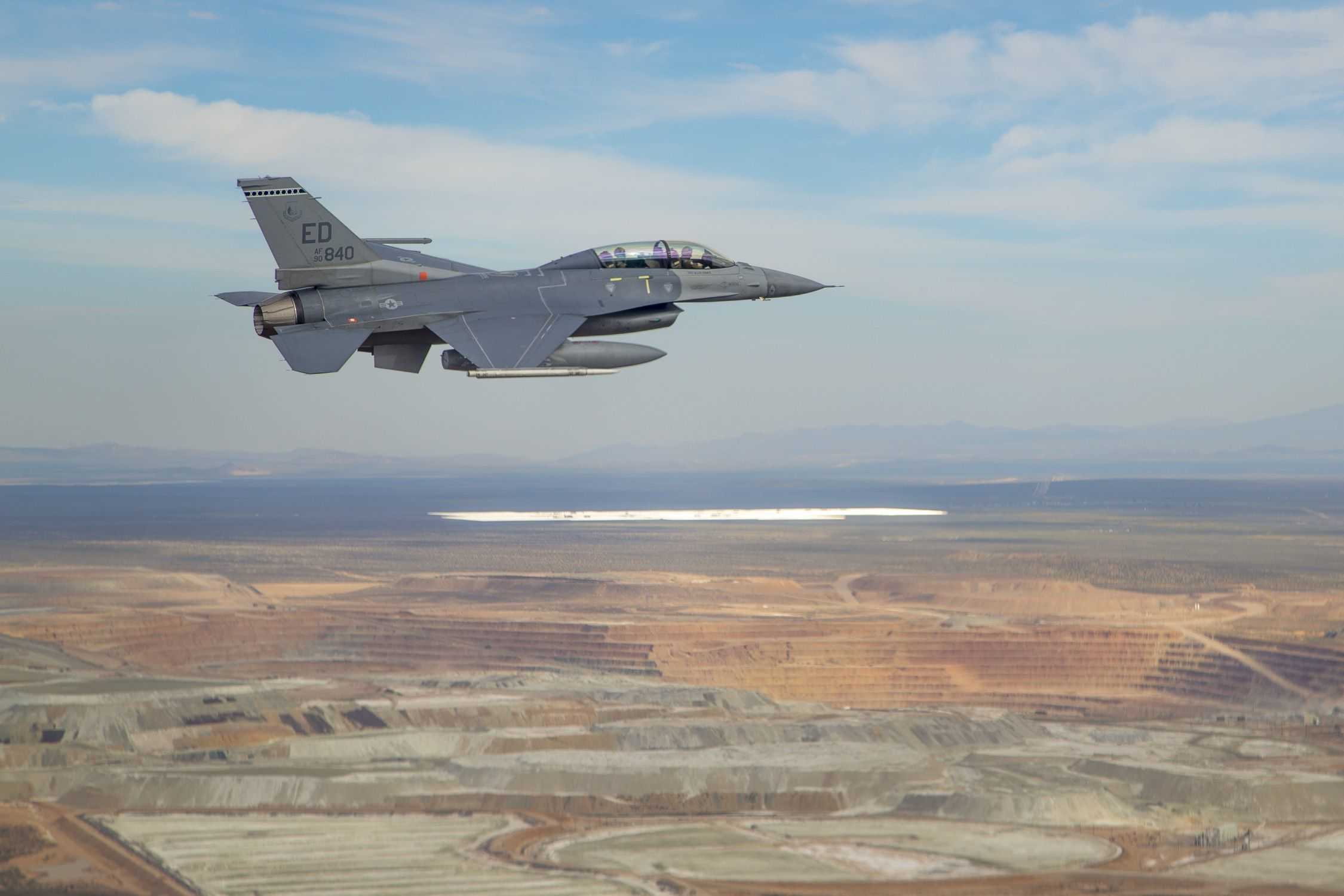FORT MCCOY: In keeping with Chief of Army Reserve Lt. Gen. Charles D. Luckey’s vision to shape the U.S. Army Reserve into a more lethal, capable and combat-ready force, the 84th Training Command’s Task Force Cold Steel has developed a new weapons proficiency course here.
The Army Reserve Small Arms Trainer Course is a pilot program that has been a long time in the making. For nearly 20 years, analysis proved the common denominator for poorer weapons qualification throughout the Army Reserve during Task Force Cold Steel missions was tied to weapons proficiency. There was a pressing need not only to increase individual Soldier proficiency, but also to maintain that expertise by fielding weapons subject matter experts at the unit level.
An increase in proficiency correlates with an increase in survivability, and in combat that could be a deciding factor to the outcome of the battle. The active Army and the Army National Guard have had similar weapons proficiency courses for many years. It was time the Army Reserve developed a comparable program.
Sgt. Maj. David Heuer, the Task Force Sergeant Major from West Bend, Wis., said he was with a group of senior enlisted leaders on a range at Fort Hunter-Liggett, Calif., with Luckey when the general charged him and the 84th Training Command with maintaining the momentum of Cold Steel. One of the courses of action was creating this new course.
“General Luckey was looking for a way to sustain and improve the gunnery in his formations,” Heuer said. “He turned to us, said ‘make it happen,’ and we did.” The course’s Proof of Principle was conducted to see if it would be effective to build weapons proficiency in the Army Reserve and get back to the basics of NCO taking charge and training Soldiers. That worked. “Now we need to prove we can sustain it and we believe we can,” he added.
Designed by instructors from the Army Reserve Competitive Marksmanship Program and taught by instructors from Task Force Cold Steel, the course is 12 days long and focuses on the six individual and crew-served weapons most commonly found within the Army Reserve: M-2, MK-19, M240B, M249, M-4/M-16 and M-9. Instructors focus on Preliminary Marksmanship Instruction on each weapons system and their associated optics, and ensure students understand the purpose and procedures for maintenance on each.
Students also learn about operating weapons ranges and procuring ammunition in accordance with the Army training circulars. The course is divided into classroom instruction, simulations training and live-fire qualification. Upon graduation, in addition to helping train fellow Soldiers, these new subject matter experts will be able to help their unit commander with developing a solid year-round training calendar.
Course leaders believe that developing this new level of highly-trained unit-level experts will inherently increase overall proficiency within the Army Reserve as they work with and develop their units’ individual skillsets.
“This course is a true train-the-trainers program,” said course manager Master Sgt. Howard Griffith. A native of Milwaukee, Griffith is also the Operations/Standardization Non-Commissioned Officer in Charge for the Task Force. “We take select Soldiers from around the entire Army Reserve and provide them with the knowledge and skills to return to their units and educate their fellow Soldiers.”
Instructors are hoping to have the course permanently located at Fort McCoy. With state-of-the-art ranges, the installation is centrally located within the country, easily accessed by vehicle, rail or air and offers a full four-season training environment.
“The Army Reserve Competitive Marksmanship Program is looking to create a unit identification code for the team to be stationed together, hopefully here at McCoy,” Griffith said. “This would allow us to become more cohesive as a team and, through this course, be able to teach individual and collective gunnery and range operations.”
Master Sgt. Joseph Arne, Task Force Instructor Team Leader, of Tomah, Wis., praised the quality of the fully modernized training facilities at Fort McCoy. “The ranges here are second-to-none, and many are more advanced than active duty installations,” Arne stated.
If the Army Reserve considers the course to be a viable option, no matter where the school is stationed, the instructors are set up to be a mobile training team with the ability to travel wherever the Army Reserve needs them.
Finding students for the course won’t be a problem as the response has been overwhelmingly positive. “We already have buy-in from the units who are looking for trained and qualified Soldiers,” Heuer said.
Once the course has been reviewed by U.S. Army Reserve Command and assuming it is officially adopted by the Army Reserve, the goal is to load it into the Army Training Requirements and Resources System, the Army’s online training registration portal so units and individual Soldiers are able to register.











